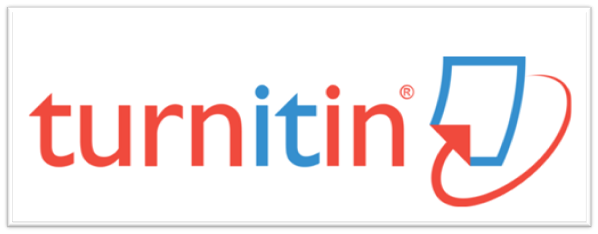Strategi Pengembangan Usaha Mikro Kecil dan Menengah Berbasis Ekonomi Kreatif di Kota Batam
Keywords:
Keywords: Strategy, Development, SWOTAbstract
UMKM is an individual business and an individual business entity that has fulfilled the micro business criteria as regulated in the Law. Batam has 81,486 MSMEs located in Batam, the number of 81,486 is for all types of MSMEs, ranging from micro, small to medium. The purpose of this study is to find out how the strategies and inhibiting factors of the Office of Cooperatives and Micro Enterprises in the development of micro and small businesses based on creative economy based in Batam City. This study uses descriptive qualitative data analysis techniques according to data obtained by researchers in the field. Data obtained in the form of words, pictures, notes, documents and interviews. The analytical method used in this research is SWOT analysis (Strength, Weakness, Opportunity, Threat) by monitoring internal and external factors. The results of the study using SWOT analysis and strategies that can be used by the Batam City Micro Business Cooperatives Office are as follows: A) Strategic Strength Opportunity (SO), namely increasing integrated business service centers in micro business development (S1, O2.03), socializing integrated services electronically (OSS) in developing micro enterprises (S1, S2, O1, O2). B) Strenght Threat Strategy (ST), namely improving the implementation of supervision (SI, T1, T2, T3), socializing electronically integrated services (OSS) in the development of microbusinesses. C) Weakness-Opportunity (WO) strategy, namely increasing the budget and human resources increase and increasing cooperation with the private sector (W1, O3), increasing social media marketing socialization in order to minimize operational costs (W1, O1, O2). D) Weakness-Threat (WT) Strategy, namely increasing understanding of patents / law (W4, T1), increasing the ease of licensing business actors (W1, T2).














